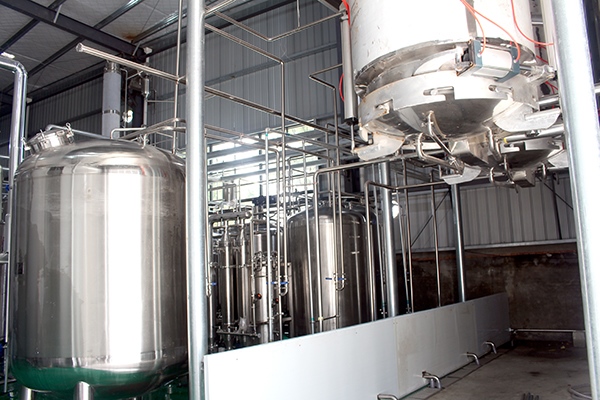Understand the efficacy and role of sulforaphane
related to anti-agingSulforaphaneThe mechanism appears to focus on inducing proteasome activity and reducing cellular accumulation of modified proteins; a decrease in the activity of this system induces cellular aging.
Sulforaphane appears to be able to release the rate of glycerol release into the medium in a concentration-dependent manner (adipose differentiation), at concentrations up to 10uM, with simultaneous hormone-sensitive lipase (HSL) mRNA and CPT1A mRNA addition (about 1.6 times the control). AMPK can directly induce glycerol release and lead to fat loss, but its inhibitory effect may be related to CPT1A addition, as demonstrated by compound C (an AMPK inhibitor). The extract affects AMPK in the opposite direction; it works by suppressing rather than activating. The actual meaning is unknown.
Other studies have shown that Nrf2, a sulforaphane that is currently active as an antioxidant (by activating genetic antioxidant response elements), appears to be involved in the regulation of fat cells (perhaps it may just be thought to be so due to contradictory evidence). Secondary to its ability as a histone deacetylase inhibitor, sulforaphane inhibits muscle growth inhibitor transcription and attenuates negative feedback on myostatin repression in porcine satellite cells. Elsewhere in Liver Fibrosis Pathology It has been noted that neither NQO1 nor HO-1 (downstream of Nrf2) nor Nrf2 by itself impair signaling from TGF- to Smad proteins by inhibiting nuclear accumulation of Smad3; one of these proteins mediates muscle growth inhibitory proteins in effects in the nucleus. However, these mechanisms may be ineffective in satellite cells, as sulforaphane appears to differentially opsonize TGF-\/Smad signaling depending on cellular conditions



